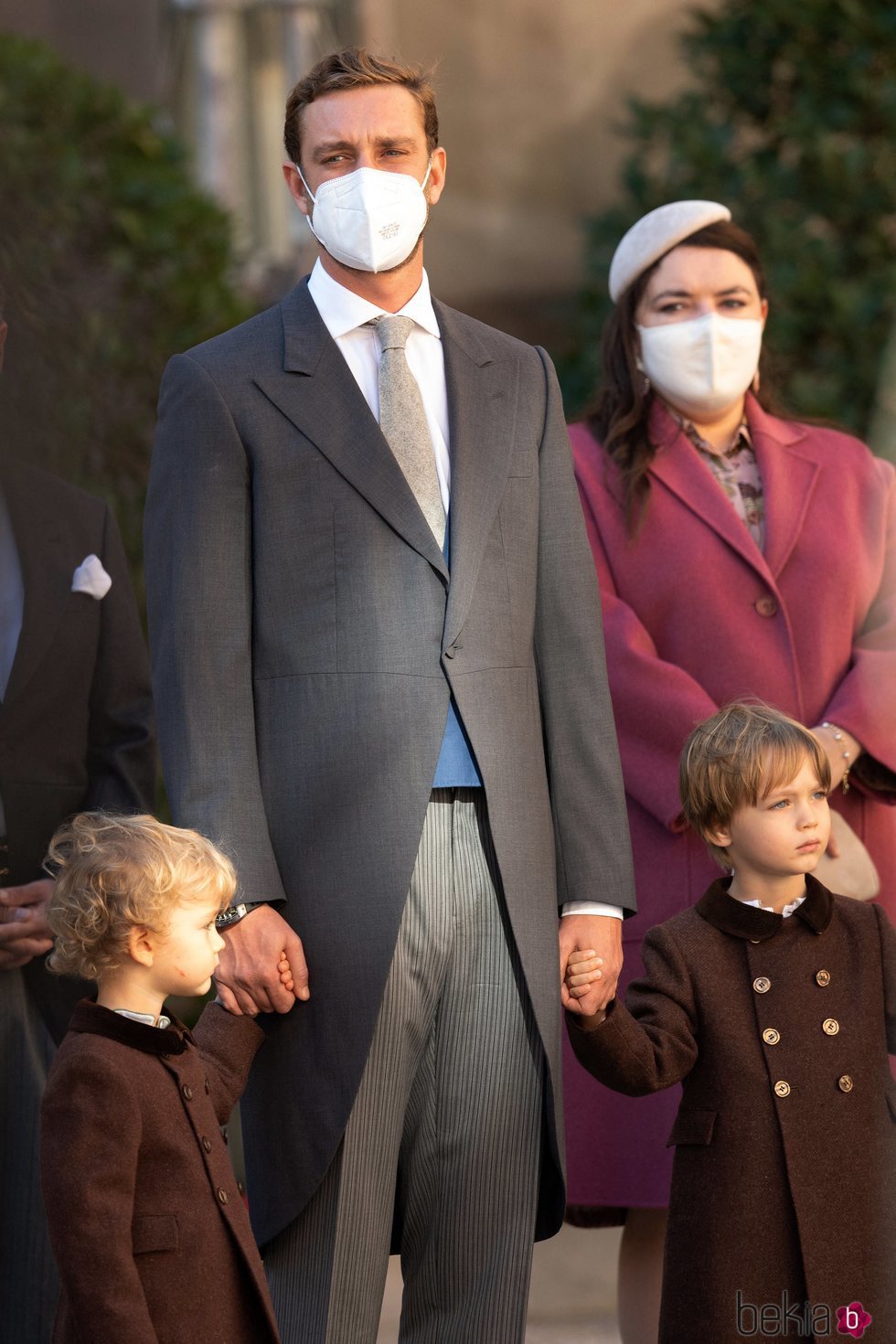

The team also ran with tyres that had multi-coloured sidewalls at the Detroit Grand Prix ( see infobox picture). This indicated the Benetton Group's "United Colors of Benetton" brand. The livery of the B186 reflected its ownership: in addition to the Benetton green and team sponsors (principally Sisley and Riello) which covered the front and sidepods of the car, the engine cover was adorned with multi-coloured streaks on a white background.


All seven chassis raced in the hands of either Fabi or Berger during the course of the year chassis number 4 was written off by the former in a crash during practice for the Canadian Grand Prix and chassis number 7 was the only race-winning B186, at the Mexican Grand Prix. The first part of the season was chiefly concerned with producing enough spare parts for the existing cars at the expense of chassis development and improvement. As had become standard practice in the sport in the 1980s, the monocoque chassis were constructed from carbon fibre. Nevertheless, three B186s were built in time for this race, and a further four chassis were completed during the course of the season. Byrne only started designing the B186 when the engine-supply deal was made with BMW in the last week of October. The deal between Benetton and Toleman was only agreed in October 1985, leaving precious little time before the first race of the 1986 season on March 23 in Brazil. One of the main challenges faced by Byrne and the Benetton design team was to produce a comfortable cockpit for the team's two vastly different drivers: the short (approximately 1.68 metres (5.5 ft)) Teo Fabi and the 1.83 metres (6.0 ft) tall Gerhard Berger. Indeed, in terms of maximum horsepower, the BMW engines provided to Benetton, Brabham and Arrows were the most powerful in the series. The B186 was also designed to be structurally stronger than its predecessor, as the 1,400 bhp (1,044 kW 1,419 PS) turbocharged BMW engine was about 600 bhp (447 kW 608 PS) more powerful than the turbocharged Hart 415T engine in qualifying and about 200 bhp (149 kW 203 PS) more in race trim and thus put more stress on the chassis. However, the chassis was refined and tidied up in several areas, such as the sidepods, to produce more aerodynamic downforce. īoth the BMW M12/13 and Hart engines used the 4 in-line configuration using roughly the same turbo and exhaust set up, meaning that not too many adjustments needed to be made to the general design concept of the B186 in comparison to the previous year's Toleman TG185. The focus of BMW for 1986 was the new "lay-down" version of its M12/13 engine, designed for the revolutionary Brabham BT55 chassis, whilst the standard "upright" version was supplied to Benetton and the Arrows team.

#F1 2020 mexico setup series
However, Benetton had the resources to pay for a supply of engines produced by a large car manufacturer, BMW, which replaced the privateer Hart 415T units which had powered Toleman's F1 chassis since the team's début in the series in 1981. Also, despite the team being Italian owned, they remained based at its Witney headquarters in England. The planned 1986 chassis, labelled the Toleman TG186, was simply renamed as the Benetton B186. Peter Collins stayed on as team manager, whilst Rory Byrne continued as chief engineer. Despite the buyout of the small Toleman team by the financial power of the Benetton Group, its organisation and structure remained largely unchanged.


 0 kommentar(er)
0 kommentar(er)
